The Evening Report - June 29
Denmark’s drought ends. Sweden removes most COVID recommendations.
Editor’s note: I am pausing the newsletter for the remainder of the summer. Demands on my time have increased with all the great weather, busy weekends with the family, and now summer vacation, and I just can’t give the newsletter the attention it needs. This will also allow me time to make some changes to transition away from COVID as the main focus. I still believe it is a very important story but clearly people don’t care about it much anymore. It is also getting more and more difficult to find information to report as health authorities adopt a strategy of ignoring it entirely.
If you have suggestions about what you would like me to cover shoot me an email and let me know.
Thanks so much to all my loyal readers! I appreciate you! Have a great summer and we will see you on the other side.
☀️Drought☀️
🇩🇰 🇪🇺
With a few days to go June has already broken an 83-year-old sunshine record. According to the Danish Meteorological Institute, there have already been 304 hours of sunshine this month. That breaks a record of 303 hours of sunshine set in June of 1940. It is also almost 80 hours more sunshine than is usual in Denmark in June. In fact, on an annual basis, DMI says Denmark is becoming more and more sunnier. Over the past 30 years, the country has had an average of 174 more hours of sunshine each year.
The sunniest day of the month was June 12th, which had an astonishing 15.9 hours of sunshine. With two days to go, on average so far this month there have been 11 hours and 12 minutes of sunshine each day
According to European operational satellite organization EUMETSAT, one of the reasons Denmark, and Europe as a whole, is seeing more and more sunshine is because the air has become a lot cleaner. The agency says since the 1980s the amount of pollution and particulate matter in the air has decreased thanks in part to stricter regulations and lately to a transition to clean green energy sources. The air pollution had been contributing to more clouds and less sunlight. But as the air pollution levels drop it is now having the opposite effect.
🇩🇰
The severe drought gripping Denmark for 26 days has ended as the weather begins to change and more rainfall arrives. The rain is falling more regularly and across more of the country as opposed to the very localized cloudbursts of the last week. Odense in particular broke out of the drought in spectacular fashion with 34.2 millimeters of rain falling in a mere half an hour earlier in the week. The Danish Meteorological Institute is calling it a once in a 95-year event.
Strict fire bans that once covered the majority of Denmark have also begun to be lifted. Aalborg has ended a 12-day fire ban and is once again allowing people to use their barbecues and have open fires but only in designated areas. The Kommune is also urging people to be very careful.
Also among the Danish municipalities that are now lifting fire bans are Lejre and Helsingør.
Lejre Kommune Emergency Manager Frank Praefke spoke to DR to say that people still need to be very cautious.
“We have followed the situation day by day, and we consider that it is now justifiable to lift the burning ban. But it is still very dry in nature and people's gardens, and therefore we encourage you to exercise great caution.”
🇸🇪
The drought situation in southern Sweden continues to be pretty severe.
🦠Pandemic🦠
🇩🇰
The Statens Serum Institute no longer reports specific hospital occupancy numbers but we can still overall COVID hospitalizations over the last seven days. While we can’t tell how many are in an ICU or on a ventilator we do know that 82% of all infection-related admissions over the last seven days continue to be seniors over 65.
But the number of COVID admissions has dropped substantially and it looks like the decline is being seen across all age groups.
-
Denmark is reporting 99 new infections in the past week (wildly underreported) and the loss of another nine lives.
-
The seven day positivity percentage is 3.6%.
🇸🇪
In Sweden, COVID hospitalizations (153) continue to fall (-87) while the number of severely infected people in an ICU (3) has also dropped (-9).
-
The Swedish Public Health Agency is changing its COVID recommendations and removing almost all of its existing guidance. The agency says the absolute best way to avoid severe infection resulting in hospitalization or death is to get vaccinated. It is recommending everyone 50 years old and older and those in high-risk groups get vaccinated and stay up to date with their COVID boosters.
As of July 1, all other COVID recommendations will be removed. If you aren’t over 50 or in a vulnerable population in Sweden then you no longer are recommended to stay home if you are feeling sick. The Swedish health agency is also removing a special caution aimed at those who refuse to get vaccinated. After July 1, Sweden will treat coronavirus like any other infectious disease.
State Epidemiologist Anders Lindblom:
“COVID is still a disease that can be serious for some, here the provisions of the Infection Control Act apply that anyone who knows, or has reason to suspect, that they are carrying a contagious disease must do what is necessary to protect others from infection. The best way to protect yourself against severe COVID infection is to vaccinate yourself according to the current recommendations and stay up to date with the top-up doses.”
Currently, Sweden recommends that everyone over 50, those in high-risk groups, elderly seniors over 80, and all seniors in care get two booster doses a year. One in the spring and the other in the fall as long as there is at least six months between them.
The health agency says due to high vaccination uptake, most of the population (an estimated 94%) having had an infection, and variants that rarely cause severe infection among those who have antibody protection that there is no further need for any other recommendations.
The new recommendations apply until at least February 29 of next year.
🇳🇴
The Norwegian Institute of Health is further scaling back its COVID reporting over the summer months. In its latest update, it is not offering much detail other than to say the epidemic is in a “stable low phase” and that the agency is monitoring the situation closely.
As of week 25, the institute says there has been only “a little” infection activity due to coronavirus and other respiratory infections.
New hospitalizations are “low and still falling.” It does not provide any specific numbers but does offer the chart below.
The health authority warns that infection-related hospitalizations could increase over the summer.
It advises people to stay home if they are feeling sick. The institute also recommends masking up in crowded indoor spaces or if you are visiting places where there are high-risk populations. Those in vulnerable groups should especially mask up.
🇫🇮
Finland has registered 369 new infections (underreported) and 53 more pandemic deaths in the last week.
-
Finnish health authorities have downgraded coronavirus from a ‘universally dangerous disease’ down to a ‘controlled infectious disease’. This puts it in the same health response neighbourhood as influenza. The designation downgrade was approved by the State Council and will enter into force as of Friday (this) morning.
The Finnish Ministry of Health says the protection against severe infection, hospitalization, and death offered by COVID vaccines has helped diminish the threat posed by the virus. Vaccine uptake in Finland, as in the rest of the Nordics, is extremely high.
-
Finland is building on two years of using wastewater surveillance during the COVID pandemic to expand monitoring to include other infectious diseases. During the pandemic wastewater surveillance proved invaluable in providing an accurate assessment of the infection situation down to the specific variants in circulation. Now the WastPan project run by the Finnish Institute for Health wants to expand the surveillance to include things like influenza, RS virus, and other infectious diseases.
WastPan Head Tarja Pitkänen:
“The implementation of wastewater monitoring as a measure of population health is now very active worldwide. Our work, which started in November 2020, is on the cutting edge of this development, and we have collected very valuable two-year monitoring data from Finland. Our results show that it is possible to monitor a wide variety of viral diseases in wastewater.”
The institute says the expansion of wastewater surveillance is also underway at the EU level.
The University of Helsinki Assistant Professor Annamari Heikinheimo:
“In Finland, the resistance situation is relatively good. As the methods develop, wastewater monitoring can produce not only population-level monitoring data but also an early warning of new problematic pathogens resistant to antimicrobials.”
-
The COVID pandemic caused a big surge in loneliness in Finland but after restrictions were removed and the country returned to normal, loneliness has continued to increase. According to a study from Turku University the rates of loneliness have tripled in the last seven years. Researchers say loneliness increased by eight percentage points during the first two years of the pandemic alone. The study says that prior to the pandemic between four and 10% of the population reported feeling isolated and alone. That increased to between 10 and 25% by the end of 2022. Young people under 30 have seen the sharpest increase in loneliness.
🇪🇺🦠
The World Health Organization says COVID continues to claim around 1,000 lives across Europe every week.
WHO Regional Director for Europe Dr. Hans Kluge:
“This is an underestimate due to a drop in countries regularly reporting COVID deaths to the WHO.”
Kluge says 75% of those deaths are among the weakest and most vulnerable including seniors and people battling a variety of underlying health conditions.
He adds that long-COVID also continues to be a glaring blind spot in our knowledge about the impacts of coronavirus.
“According to estimates from our collaborating centre, the Institute for Health Metrics and Evaluation at the University of Washington in Seattle, nearly 36 million people across the WHO European Region may have experienced long COVID in the first 3 years of the pandemic. That’s approximately 1 in 30 Europeans over the past 3 years. That’s 1 in 30 who may still be finding it hard to return to normal life. 1 in 30 who could be suffering in silence, left behind as others move on from COVID. We are listening to the calls from long COVID patients and support groups, and raising awareness of their plight, but clearly much more needs to be done to understand it.”
Kluge says comprehensive diagnostics and treatments need to be developed to treat people suffering from long-COVID. He is urging more research to be done and for “this under-recognized condition” to be taken more seriously by the medical and social sectors.
“Ultimately, the best way to avoid long-COVID is to avoid getting infected in the first place. The priority must be to vaccinate vulnerable populations, the elderly, people with underlying medical conditions, and the immunocompromised. We should ensure at least 70% vaccine coverage for these groups, including both primary and additional booster doses.”
-
The EU COVID digital certificate is no more as of today. The vaccine passport allowed for travel across Europe at the height of the pandemic based on vaccination status or proof of a recent negative test. At its height, some 80 countries in and out of Europe had joined the vaccine passport network.
With virtually no COVID restrictions left in Europe, the digital certificate is no longer required and the regulations governing its use will officially expire as of today.
However, a pilot project is underway between the European Union and the World Health Organization to prepare for future pandemics. As part of that cooperation, the EU is recommending transferring the digital certificate to the WHO. Countries like Finland are already taking part in a pilot project on transferring the certificate, which could be reintroduced in a future pandemic albeit it would be operated by the WHO.
🇬🇧
COVID hospitalizations in England continue to tumble according to the COVID Actuaries Response Group. Infection-related admissions have dropped by 34% from one week to the next. Hospitalizations dropped in every health region led by the South East, which recorded a drop of 55%. Intensive care numbers are also continuing to drop, down by another 26%.
The reinfection rate, or R0, has also eased to 0.76.
🇨🇦
The Public Health Agency of Canada is reporting 1,753 new infections (wildly underreported) and another 23 coronavirus deaths in its latest weekly update.
The seven-day positivity percentage is 6.7%.
COVID hospitalizations continue to drop across Canada. In the week ending June 27, there were 1,781 total beds in use by an infected patient, that is 127 fewer beds in use than in the week prior. General admissions accounted for most of those declines with 112 fewer hospitalizations week to week. The number of severely infected people requiring intensive care dropped to 58, which is 15 fewer than the week before. There were also six fewer people on a ventilator.
-
A new study is emphasizing how underreported COVID infections were before the Western world largely abandoned testing and coronavirus surveillance in a ‘return to normal’.
Researchers in Peel, Ontario have published a study concluding that at the height of the Omicron variant wave infection numbers in the province were almost 19 times higher than what was being publicly reported. Researchers compared COVID wastewater surveillance and contrasted it with reported cases and hospitalizations to arrive at their conclusions.
In December of 2021, when the Omicron wave was at its height Ontario restricted PCR testing to those at high risk, people being admitted to hospitals, frontline healthcare workers, and other hospital and senior care home staff.
Per the study:
"Wastewater surveillance indicators become especially relevant when PCR testing eligibility changed or when clinical testing capacity was overwhelmed, resulting in an incomplete picture of local COVID activity.”
As one example of the study’s findings, on January 11, 2022, there were 1,160 reported coronavirus infections in Ontario contrasted with 7,515 predicted cases using wastewater surveillance. At the peak of the Omicron wave researchers estimate that the actual case count was 18.7 times higher than what was being reported.
You can find the study in full HERE.
⚡Energy & Environment🍃
🇪🇺/ 🇷🇺
The latest data from the Centre for Research on Energy and Clean Air shows that Europe continues to be a top importer of Russian oil and gas. Despite sanctions over its invasion of Ukraine, the CREA says in the week ending June 25 Russia exported an estimated €3.2 billion worth of oil, gas, chemicals, and coal. It says €1.5 billion of those Russian fossil fuel exports were loaded onto tankers insured by companies in European and G7 countries, which are by extension helping finance Russia’s war machine.
🇩🇰 🌍
A marine heat wave is continuing especially in the North Atlantic but also in the eastern Pacific. Water temperatures in areas off of the British Isles are the highest since measurements began to be taken back in 1982.
Head of Satellite Data at the Danish Meteorological Institute Jacob L Høyer says at the moment scientists think there might be several factors at play in the marine heat wave including climate change.
“It is extremely hot in the North Atlantic. Right now, we are measuring sea surface temperatures that are about four degrees higher than normal, which gives a surface temperature of 16 to 18 degrees, that may not sound like much for the ocean’s animals, but on the open sea at our latitudes, it is quite extreme.”
Extremely warm ocean waters can have a number of severe consequences for marine life. It can cause serious damage to coral reefs, contribute to more extreme algae blooms, and cause mass deaths of seabirds and fish.
DMI National Center for Climate Research Head Adrian Lema:
“When climate change pushes the sea temperature upwards, it can cause stress and death in many organisms, as marine species are adapted to certain temperature conditions. According to the UN's Climate Panel, climate change has already damaged the ocean's ecosystems, damage that can increasingly lead to irreparable losses. Due to climate change, fish stocks will be redistributed as many species move from lower to higher latitudes to find cooler water. The research points to a reduction in fishing yields in many places, and that this will increase the risk of conflicts over fisheries management and a fair distribution of food.”
The weather agency says that local weather patterns, climate change, and the El Niño weather phenomenon may all be driving ocean temperatures upward. Over the past 40 years, climate change alone has raised the global sea surface temperature by just under half a degree.
Another contributing factor may be much weaker than usual trade winds this year. The trade winds usually blow dust from the Sahara desert across the North Atlantic. Those sand particles help reflect the sunlight causing a cooling effect.
🇪🇺
The World Health Organization is sounding the alarm over the impacts of climate change in Europe. The global health agency says both the European Union and World Meteorological Organization have each concluded that Europe is warming up twice as fast as the global average. It says extreme summer heat in Europe is now becoming the rule, not the exception.
The WHO says last year’s summer heat wave claimed 20,000 lives in Europe between June and August. Last week, both Spain and Portugal recorded temperatures in excess of 40 degrees. And long before summer officially arrived a huge swath of Europe was already struggling with a severe drought. Parts of Europe have also already experienced landslides and flash flooding that have claimed more lives.
🇸🇪
The Swedish Competition Authority has released its first interim report in an ongoing investigation into soaring food prices in Sweden. While a final report is months away this initial glimpse is already raising concerns about “inadequate competition and unjustified price increases” in the grocery store sector.
Food inflation is a major driver in the cost of living crisis impacting Sweden. The competition authority, at the request of Sweden’s finance minister, is investigating the possibility of profiteering among grocery store chains. It is examining the whole food supply chain to see if soaring price increases are justified or not.
Director General Rikard Jermsten:
“The food industry consists of many complex markets. Therefore, it is important to analyze all the parts of the food supply chain. It is too early to draw far-reaching conclusions from our investigation, but we can at this stage already see indications that there is a risk for inadequate competition.”
In its first interim report released on Tuesday, the authority says in the case of eggs its results show that prices have increased in excess of prices that can be justified by the purchase price from packagers.
It has also already identified a shortage of suitable sites to set up new grocery stores, or to expand existing ones, as one obstacle to greater competition. It hints that big grocery store chains are taking advantage of “shortcomings” in how municipalities are handling the issue. The authority says adding to the lack of competition specialist wholesalers and suppliers have really limited opportunities to enter the market.
The interim report says regulatory changes are needed. Further interim reports will be released throughout the year before a final report is tabled late this year or early next year.
Three giant grocery store chains, ICA, Axfood, and Coop, control almost the entire grocery market share in Sweden.
🇺🇦/ 🇷🇺 War
🇱🇹 🇵🇱/ 🇧🇾 🇷🇺
After a bizarre and short-lived mutiny in Russia last weekend the possibility that the semi-private Russian militia, the Wagner group, could relocate to Belarus, as part of a deal with Russian President Vladimir Putin, is causing nervous jitters across Eastern Europe and the Baltics.
Lithuanian President Gitanas Nausėda is so concerned he met with NATO Secretary-General Jens Stoltenberg along with the heads of five other NATO member nations.
“If Wagner deploys his serial killers in Belarus, all neighboring countries face an even greater risk of instability.”
Polish President Andrzej Duda is also concerned:
“It is really serious and very worrying, and we have to make very strong decisions. It requires a very, very tough response from NATO.”
Poland is also tightening security along the border it shares with Belarus.
🇱🇻/ 🇧🇾 🇷🇺
Latvian Prime Minister Krišjānis Karinš spoke to the media in Brussels ahead of the NATO summit and said that the situation in Russia is top of mind.
“It is very clear that Russia is undergoing internal turmoil. We cannot control what is happening inside Russia but we can control what we do on the outside. So what do we need to do? One is that we can continue to strengthen our own defense. It is very important that we adopt the new NATO plans and that we continue to strengthen the eastern flank.”
He says that having Wagner move from Russia into Belarus does potentially pose a threat. But not a direct military one but rather the threat of potential infiltration into Europe. Karinš says the EU must strengthen its borders to prevent this and to block Belarusian attempts to stampede immigrants into the EU as it is continuing to try to do now.
Karinš says like other countries across Europe, Latvia is prioritizing immediate improvements in its defenses.
“My country is reinstating conscription and buying new weapons systems.”
He says it is not just important for European countries to strengthen their own military but it is equally important to continue supporting Ukraine.
“We need to step up our efforts to support Ukraine. Continuing with weapons, ammunition, and finances. This is very crucial.”
He says that every effort must be made to continue bringing Ukraine into the European Union and once the war ends into NATO as well. Only this can ensure peace he says.
NATO/ 🇧🇾 🇷🇺
NATO Secretary-General Jens Stoltenberg says that the Wagner mini-rebellion shows that Vladimir Putin’s invasion of Ukraine has increased divisions within Russia. Stoltenberg said that NATO member nations must remain vigilant and that support for Ukraine must continue unabated.
Stoltenberg points out that it is still too early to say what developments in Russia may mean for NATO.
“It is too early to make a final judgment about the consequences of Prigozhin's move to Belarus and that some of his forces will probably also move to Belarus. But we must send a clear message to Moscow and Minsk that NATO is there to defend every ally and every inch of NATO's territory.”
🇸🇪/ 🇷🇺
Following the Wagner rebellion in Russia, Swedish Prime Minister Ulf Kristersson called an extraordinary meeting of Sweden’s new security council this week. Replying to Swedish media Kristersson says the issue is an internal Russian matter but Swedish authorities are following developments very closely. Sweden’s Minister of Defense has also been in constant contact with NATO over the Russian situation.
🇩🇪 🇱🇹
Security is already being ramped up in Lithuania with a few weeks to go before NATO’s summer summit. Germany has deployed Patriot air defense systems in Vilnius according to the Lithuanian military.
🇸🇪 🇫🇮/ 🇹🇷
Foreign Ministers from Sweden, Finland, and Turkey will meet again next week in another effort to get Turkey to support Sweden’s NATO application. The Ministers along with NATO officials will meet in Brussels, Belgium. NATO Secretary-General Jens Stoltenberg arranged the meeting in a call with Turkish President Recep Tayyip Erdoğan last weekend.
For his part, Erdoğan is reiterating that Turkey will continue to oppose Sweden’s inclusion into NATO as long as supporters of Kurdish terrorist groups can “freely organize demonstrations” in Sweden. The Turkish President continues to essentially oppose the democratic right of freedom of expression in Sweden, something he has severely restricted in his own country.
Tensions on that front ratcheted up again this week as Swedish authorities granted a permit for a man to burn a copy of the Muslim holy book the Quran outside a mosque in Stockholm. Police have denied previous attempts to get a permit but were overruled by Swedish courts who determined those denials were unlawful.
The burning of the Quran prompted a furious reaction from Turkey. The Turkish Foreign Affairs Minister Hakan Fidan took to his social media in response.
“I condemn the abominable act in Sweden against our holy book, the Holy Quran. - It is unacceptable to allow these anti-Islamic acts under the pretext of freedom of expression. To turn a blind eye to such cruel acts is to be complicit.”
The burning took place during the Muslim holiday Eid-al-Adha.
In a curious twist, Radio Sweden is reporting that police in Stockholm have launched an investigation into the organizer of the burning for “agitation against a population group, as well as for breaking fire ban rules.”
🇩🇰
A majority of parties in the Danish parliament have reached an agreement on a new ten-year defense spending pact. The agreement will see a historic boost in defense spending with 143 billion kroner (about $27 billion Cdn) being committed until 2035. The Danish Ministry of Defense says this will ensure that Denmark will reach its NATO objective of spending 2% of its GDP on defense by 2030.
Acting Minister of Defense Troels Lund Poulsen:
"Today we enter into an agreement which is a milestone for Danish defense. With the situation resulting from Russia's attack on Ukraine, it is absolutely crucial that there is broad support behind Danish defense and security policy. That is why I am very pleased that so many parties in the Folketing today show a willingness to take responsibility in such a serious situation. We are giving Danish defense a historic and in every way much-needed boost.”
The agreement includes 27 billion Danish kroner over the next ten years specifically targeted at strengthening military buildings, upgrading equipment, improving IT, and increasing personnel.
🇸🇪 🇺🇦
Sweden is sending an aid package to Ukraine worth 380 million Swedish kroner (about $46 million Cdn). The money is designated for humanitarian purposes in areas of Ukraine severely damaged by Russian forces. It will go to things like food, water, healthcare, shelters, restoration and maintenance of energy infrastructure, and the removal of mines. Some of the financial help will also be targeted at areas dealing with the aftermath of flooding due to the destroyed Kakhovka dam. In order to get the money to where it is needed it will be divided among groups like the UN Refugee Agency, the Red Cross, and the World Food Program.
🇩🇰 🇺🇦
Denmark is in full support of Ukraine joining the European Union but opposes the country being granted a fast-track process into the trading bloc. Danish Foreign Affairs Lars Lokke Rasmussen says the EU cannot justify skating over governance reforms for Ukraine due to “geopolitical circumstances.” Rasmussen says rushing Ukraine into the EU and relaxing requirements on democracy, the rule of law, and cracking down on corruption, would only risk “importing instability”. Instead of lowering the bar, he says, the EU should instead help Ukraine through all the necessary steps.
In order to join the European Union a country must align its laws with the European standards, a process that can take many years. In beginning the process to join the EU, Ukraine met two of the seven conditions to launch the membership process. Among the many requirements it faces are things like making key judicial reforms.
🇫🇮/ 🇷🇺
Finland may further tighten already strict border restrictions on Russians being able to enter the country. A foreign and security policy committee met this week and concluded that Russian citizens crossing the border “may still be harmful to Finland’s international relations.” It decided that existing travel restrictions should remain in place and should be tightened further. Specifics of what that might mean are still being worked out. Finnish national broadcaster Yle reports that it could include increasing restrictions on Russians who own property in Finland, possibly reducing the number of student visas available to Russians, and limiting entry for Russians on business trips.
Final recommendations would have to be made and the additional restrictions would need to be approved by the Finnish government.
🇪🇺 🇺🇦
On Thursday, European Union member nations agreed on a pledge granting “security commitments” to Ukraine.
In part, the text reads:
“The European Union and member states stand ready to contribute, together with partners, to future security commitments to Ukraine, which will help Ukraine defend itself in the long term, deter acts of aggression and resist destabilization efforts.”
Ukraine has been lobbying the EU to provide it with a ‘security guarantee’ ahead of NATO’s summer summit in Lithuania. It believes such a security commitment from European, and possibly other, allies would help protect Ukraine from future military aggression from Russia, especially as it awaits membership in the European Union and in NATO.
Several EU nations, like Ireland and Austria, successfully argued for the addition of language in the pledge protecting their status as neutral states.
The European Union charter includes Article 42 which mandates that all member states must come to the aid “by all means in their power” of any other member state that is “the victim of armed aggression on its territory”. However, the security clause has yet to be tested.
🇩🇰 🇺🇦
The Danish municipality of Ikast-Brande has signed a ‘friendship agreement’ with the Ukrainian city of Voznesensk. For the next five years, Ikast-Brande Kommune will help the southwestern Ukrainian city with rebuilding efforts. Hundreds of houses and apartments, along with five schools, at least three kindergartens, and several municipal facilities have suffered damage or outright destruction from Russian bombs.
According to Municipal Manager Flemming Storgaard, the kommune will work with the city to rebuild on a number of fronts.
“For example, we can contribute with knowledge in financial management, urban planning, and the establishment and operation of institutions for traumatized children and adults.”
🇩🇪 🇺🇦
Germany once a reluctant supplier of arms to Ukraine is now supplying a steady stream of weapons, ammunition, and armour to help fend off the Russian invasion. The German government has increased its military support. On Thursday Germany announced it is adding a TRML-RD air defense system, three bridge-laying vehicles, 16 all-terrain Zetros trucks, a mine-clearing system, and two more border protection vehicles to the arms and equipment it has already committed to supplying Ukraine.
🇱🇹 🇳🇴 🇺🇦
Lithuania has bought two NASAMS air defense systems, which it will in turn donate to Ukraine according to the country’s Ministry of Defense. The price tag for the two air defense systems was about $14 million Canadian. Norway is also chipping and will supply launch pads for the NASAMS systems.
Lithuania will also donate 10 M113 armoured personnel carriers to Ukraine.
🇺🇸 🇺🇦
The United States continues to table one military aid package after another to Ukraine. The latest weapons donation announced this week is worth $500 million and includes Bradley fighting vehicles, armoured personnel carriers, air defense systems, ammunition for the HIMARS missile system, and “other equipment to help Ukraine fight back against Russia's war of aggression.”




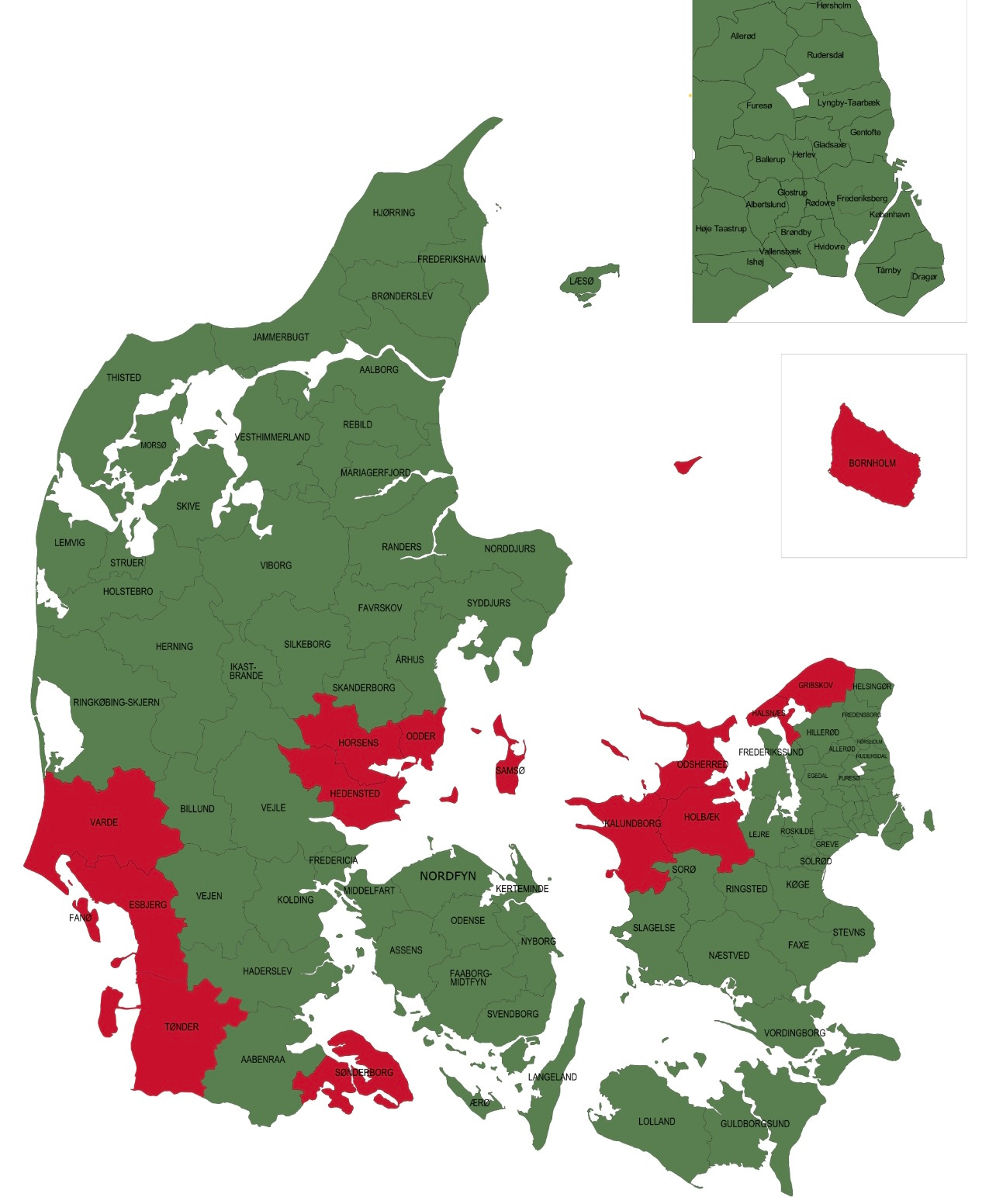

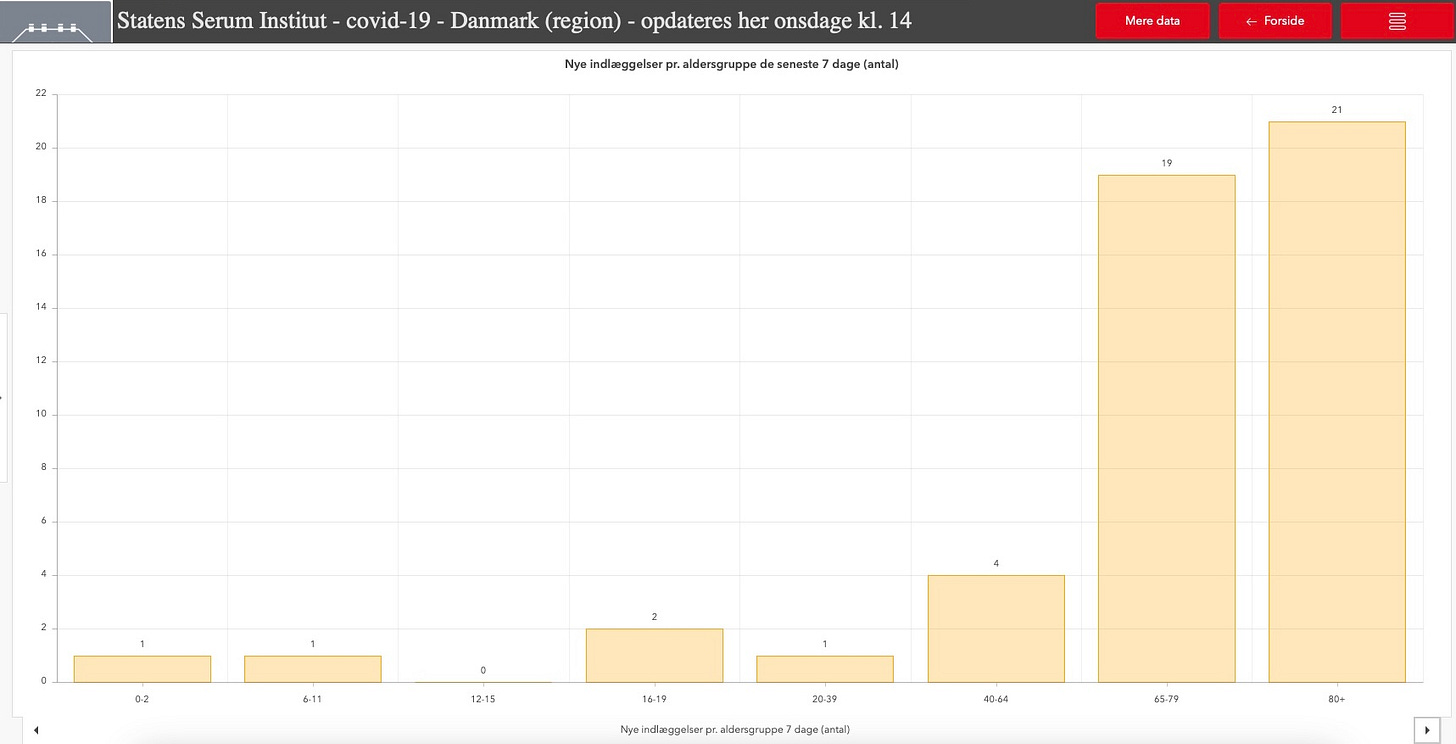
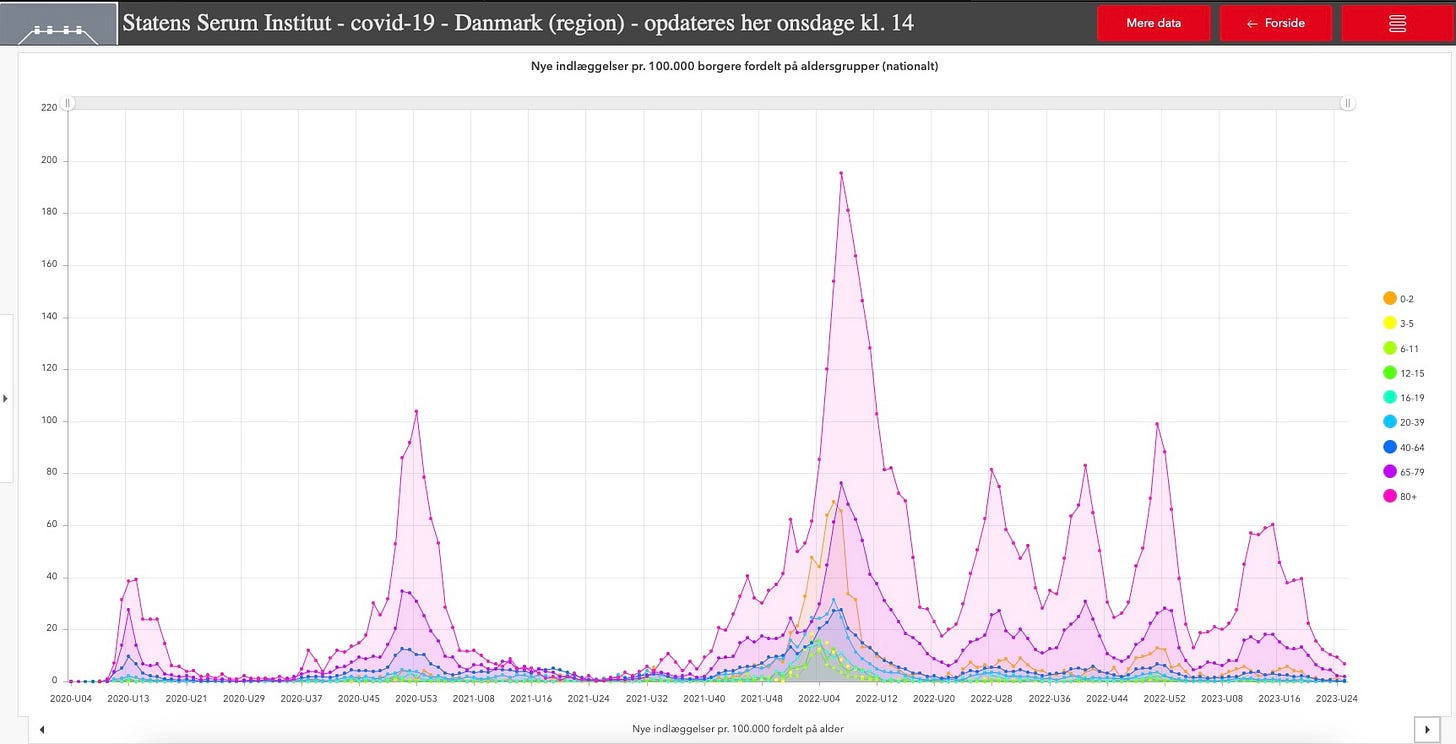
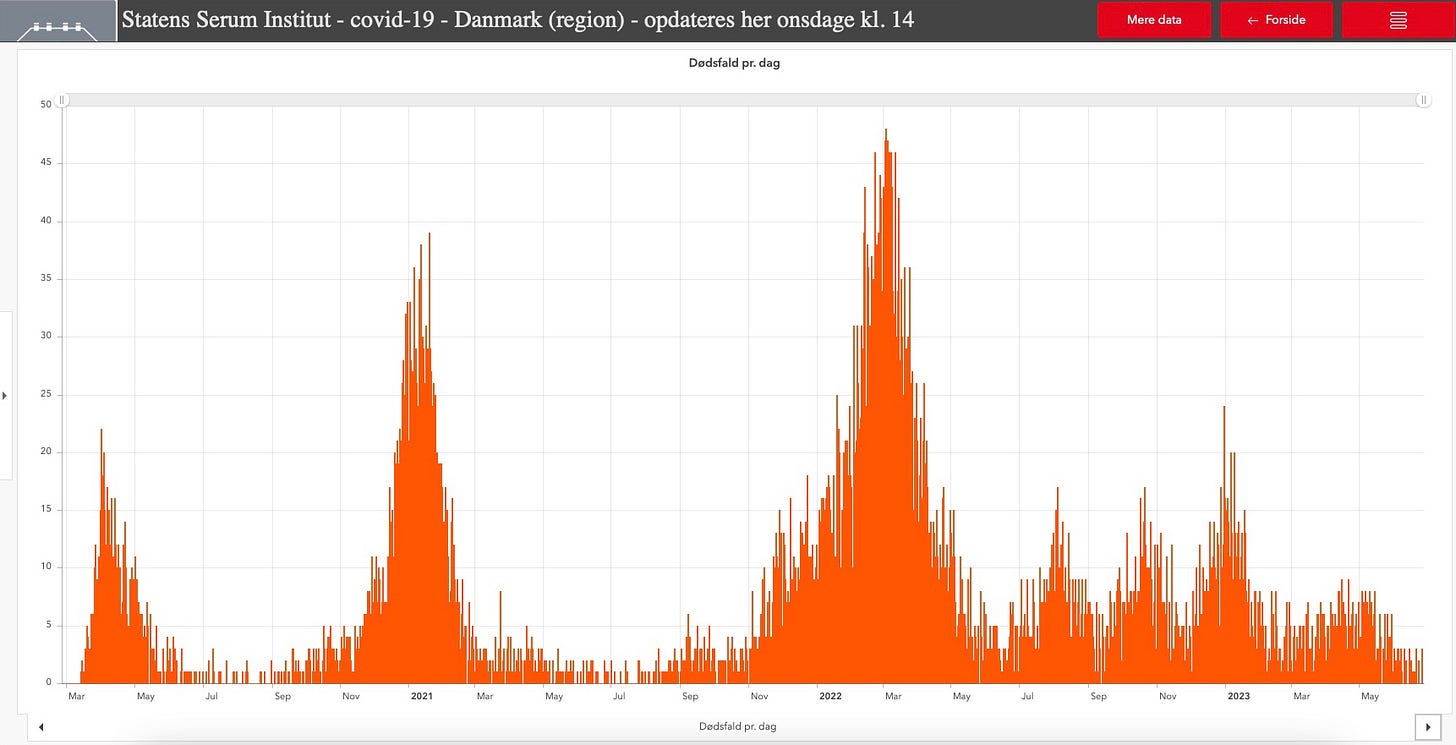
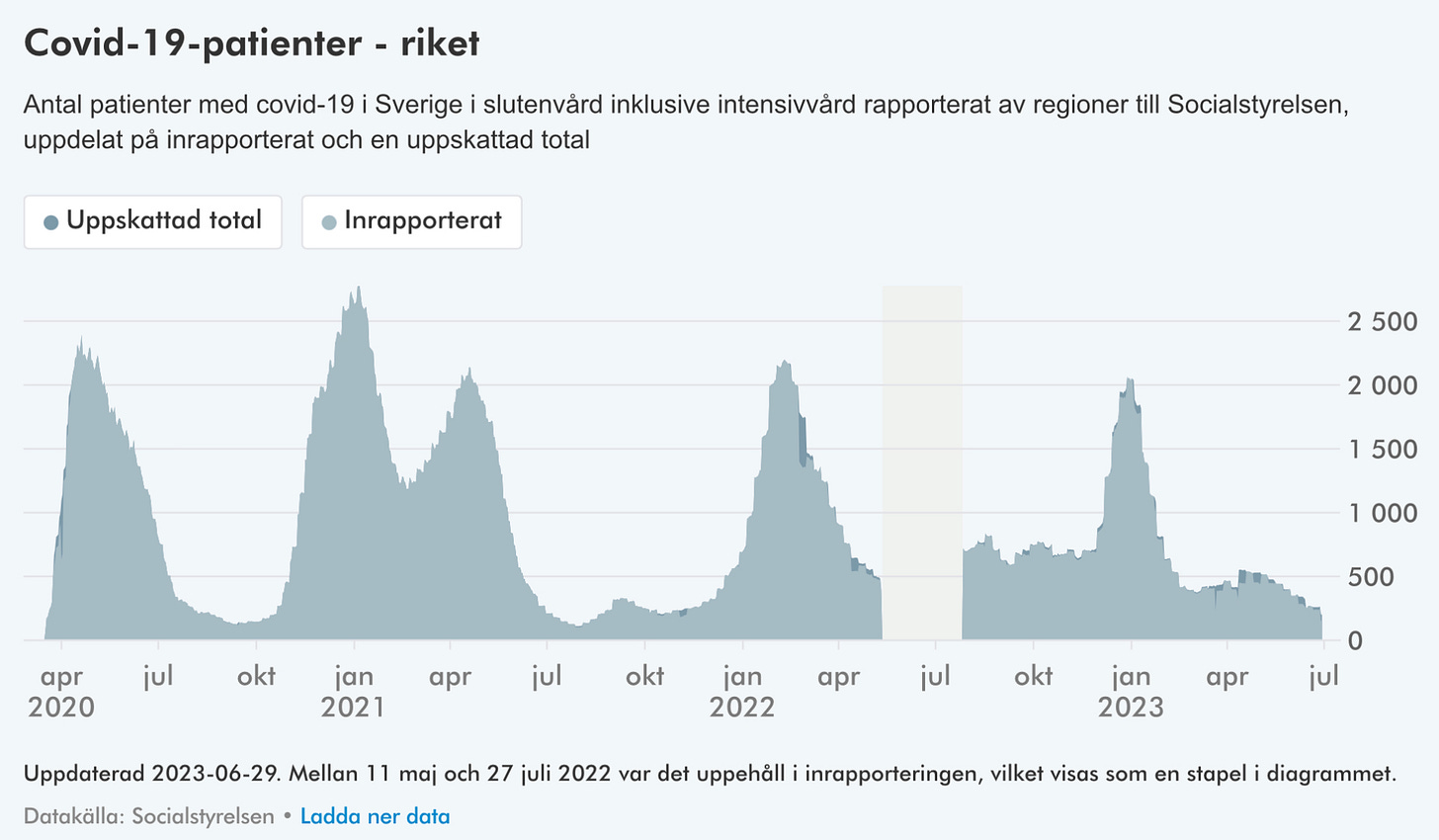
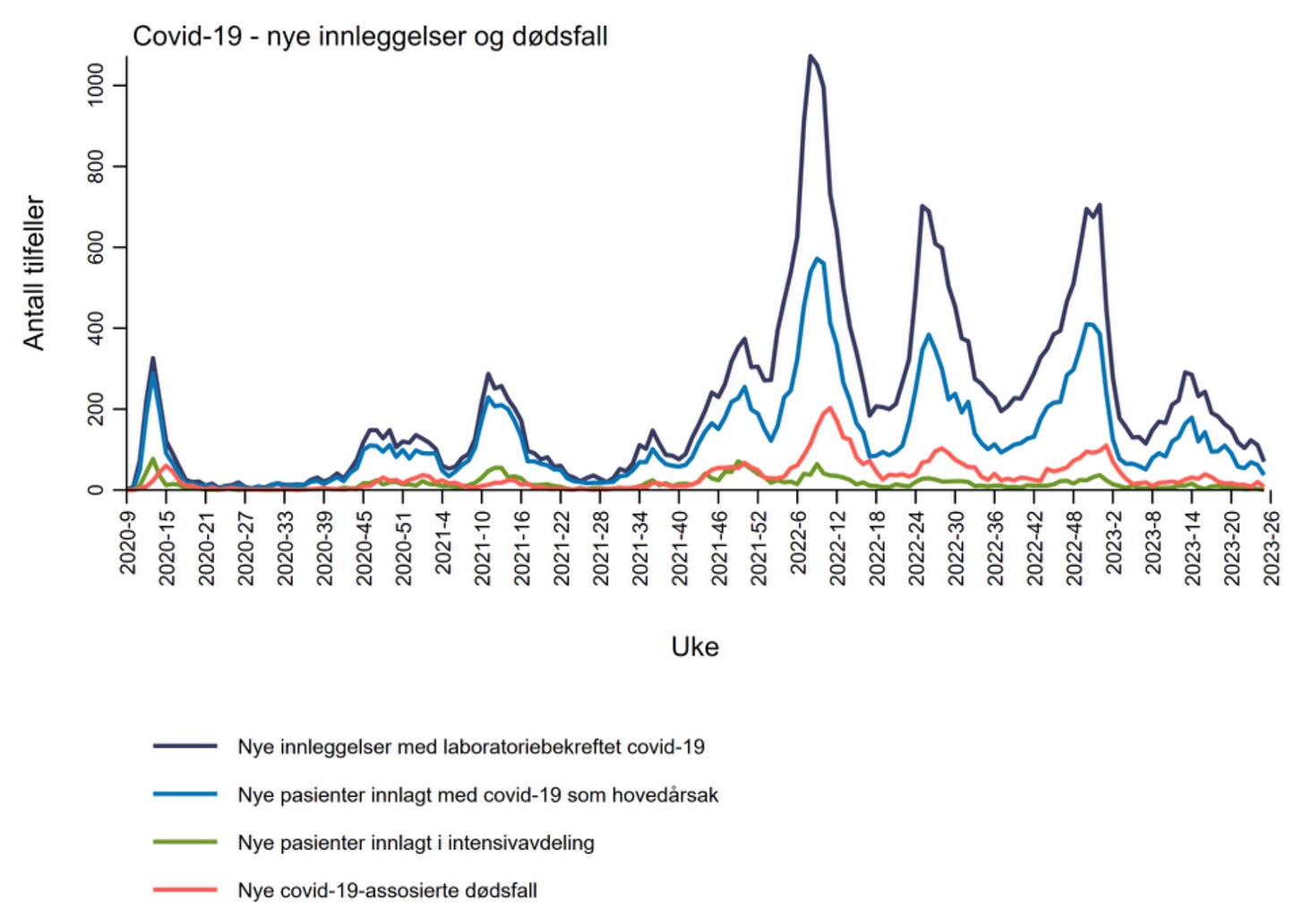
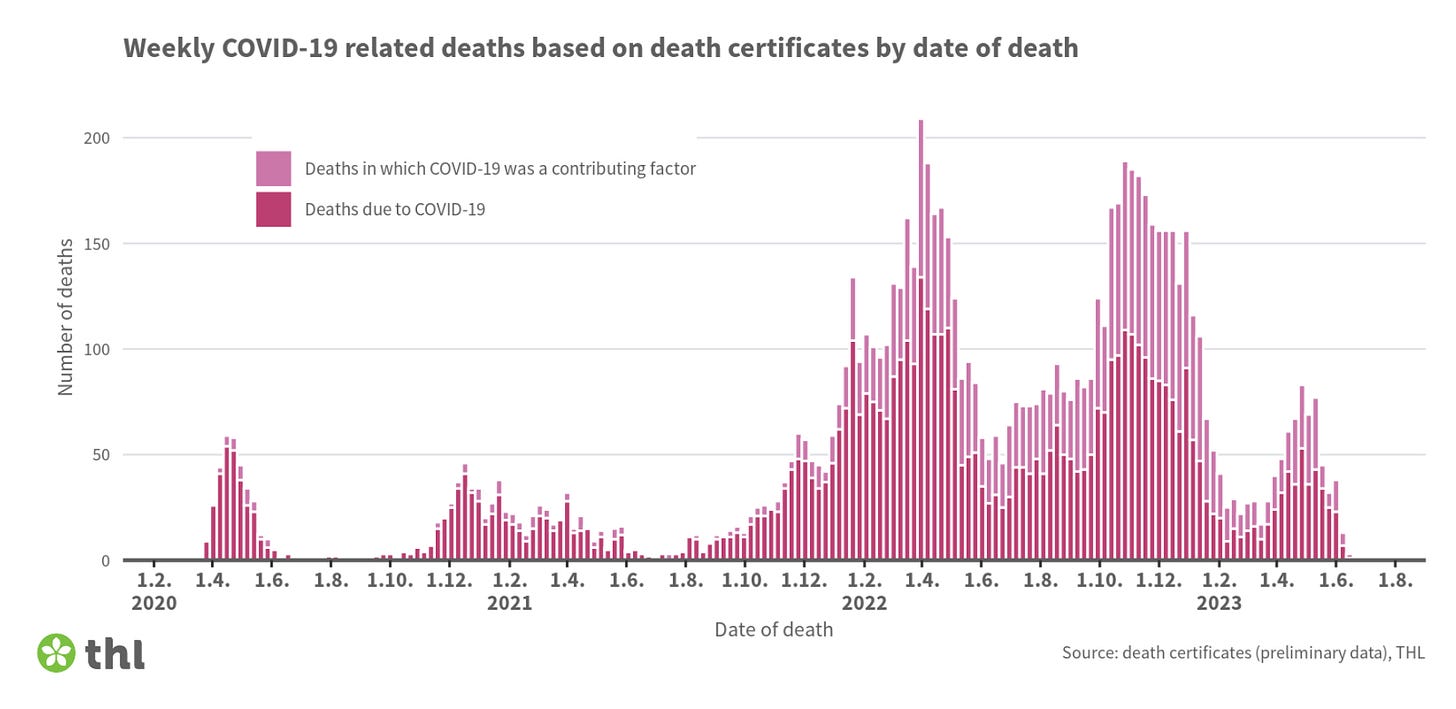
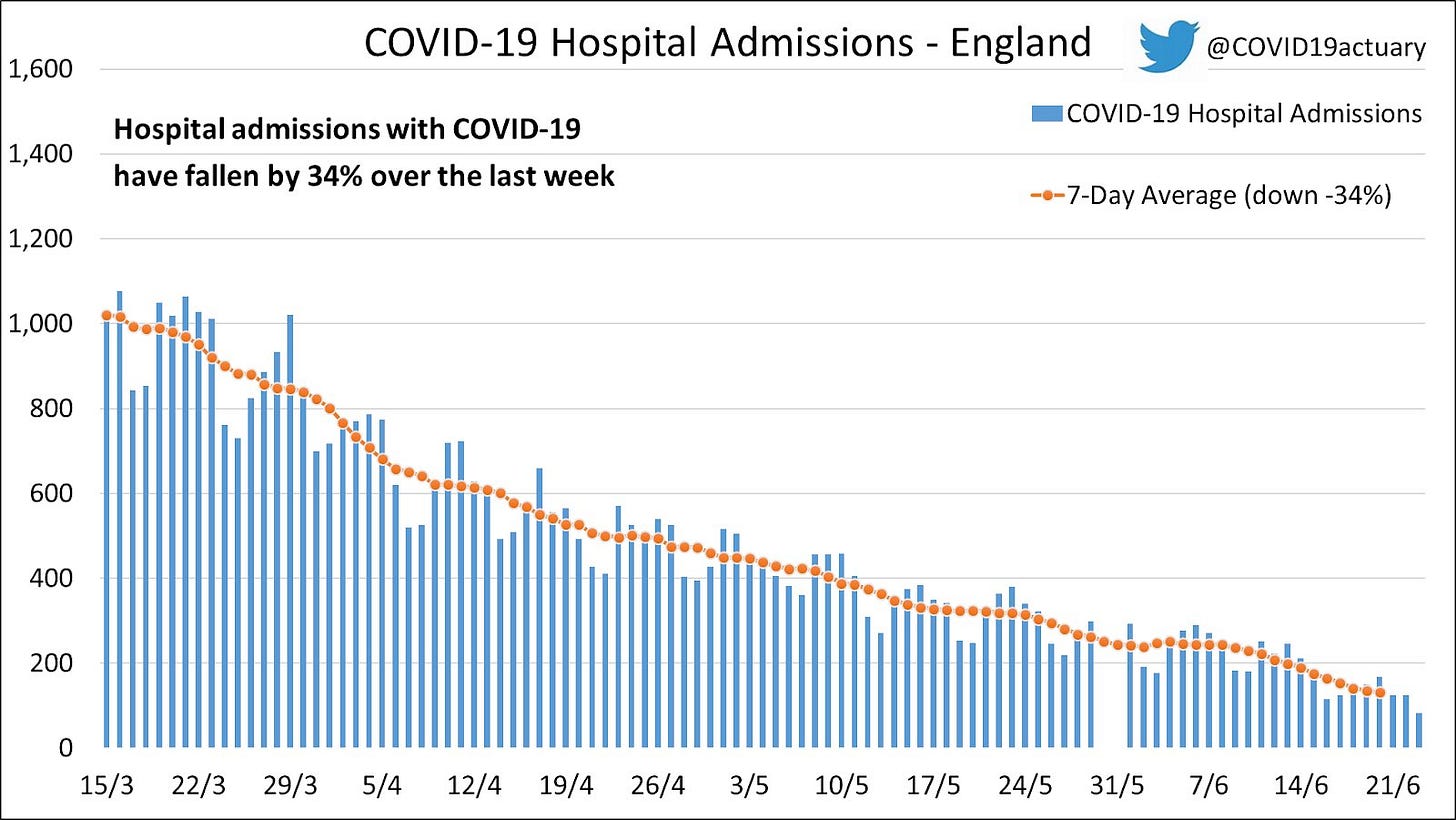
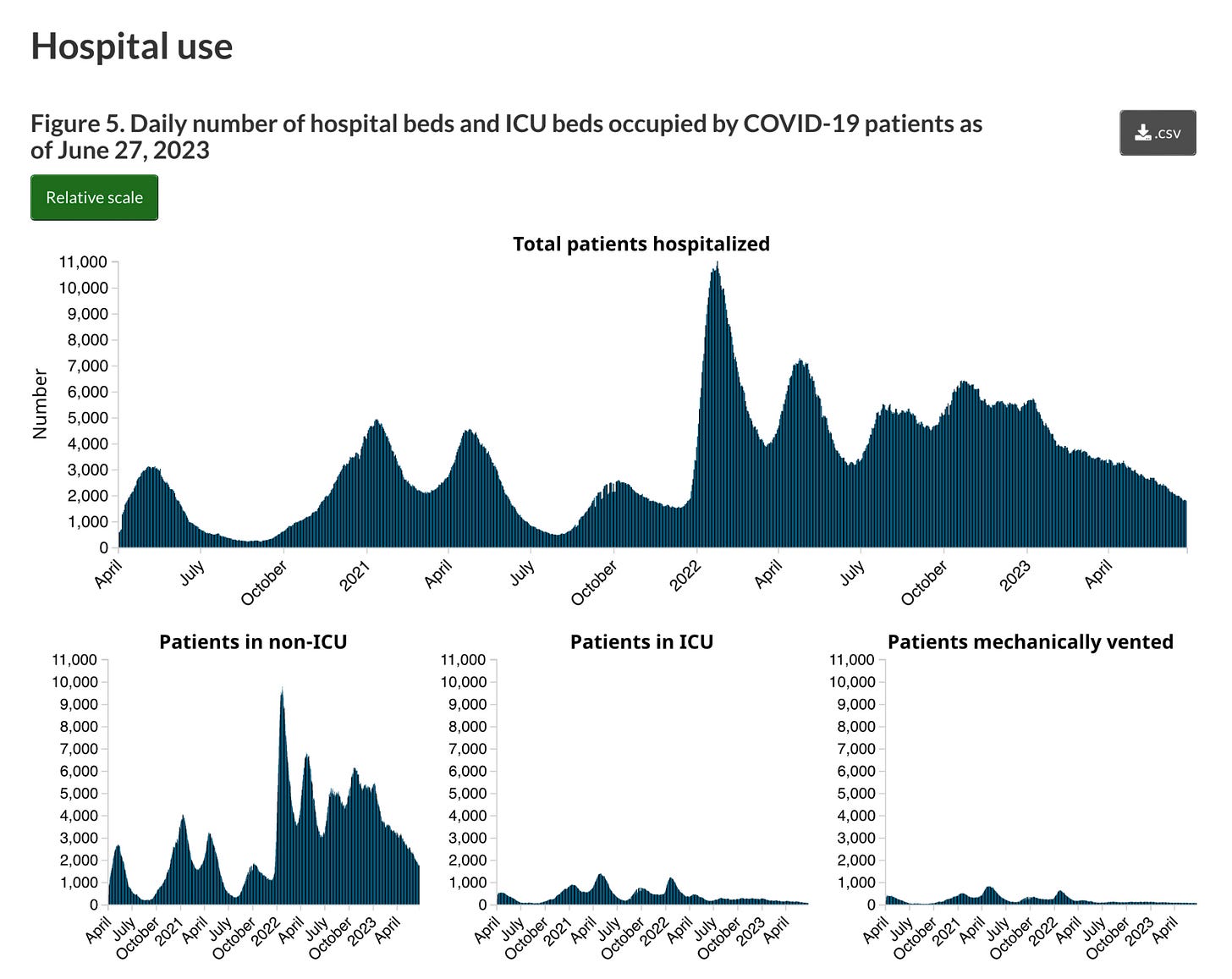
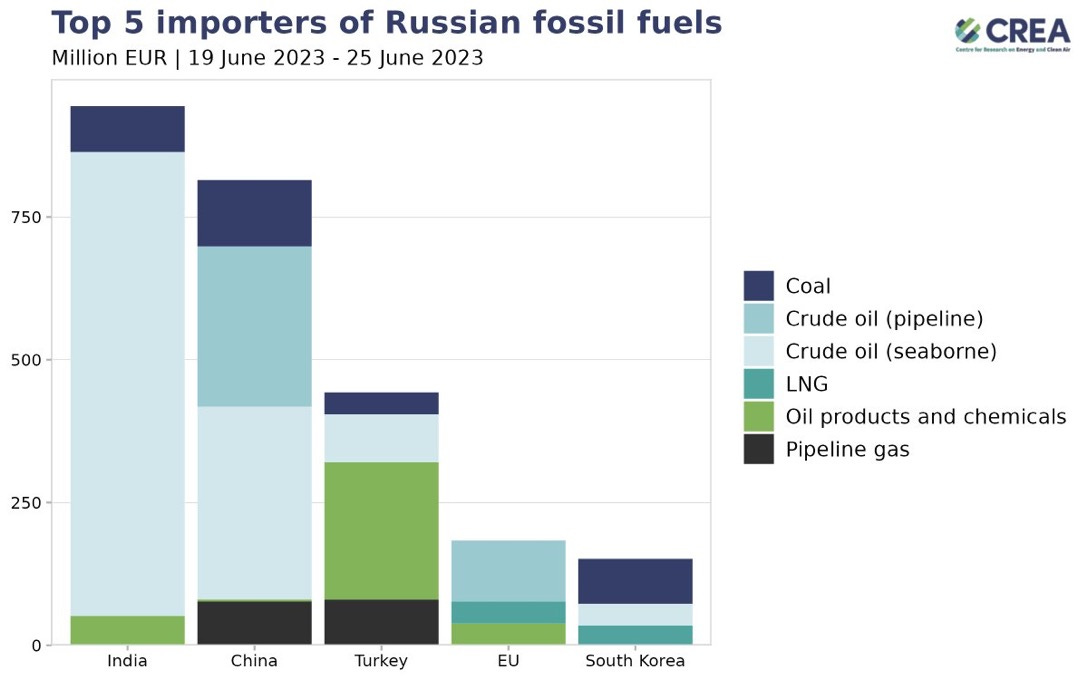
thank you, shane, enjoy your time off!